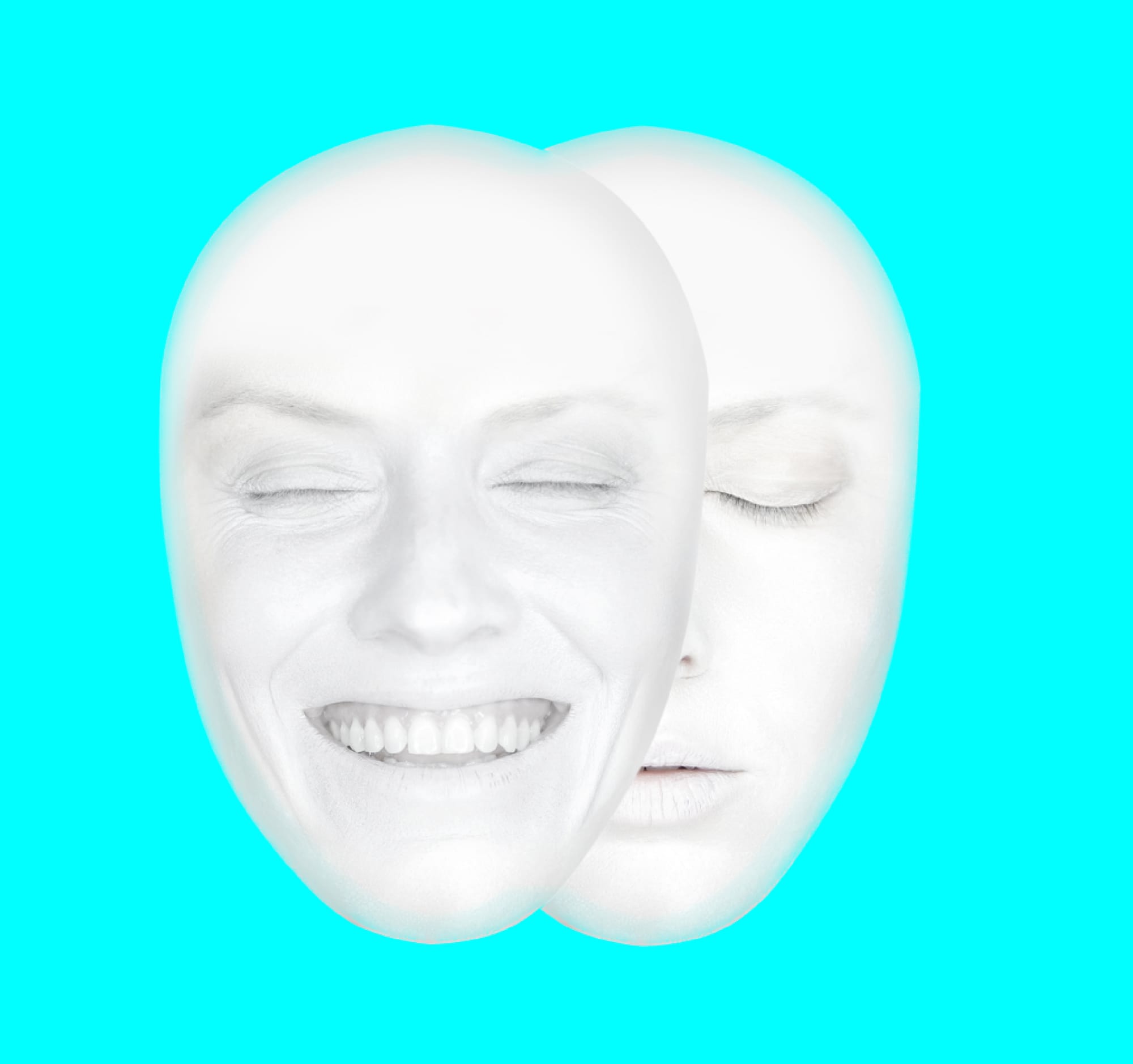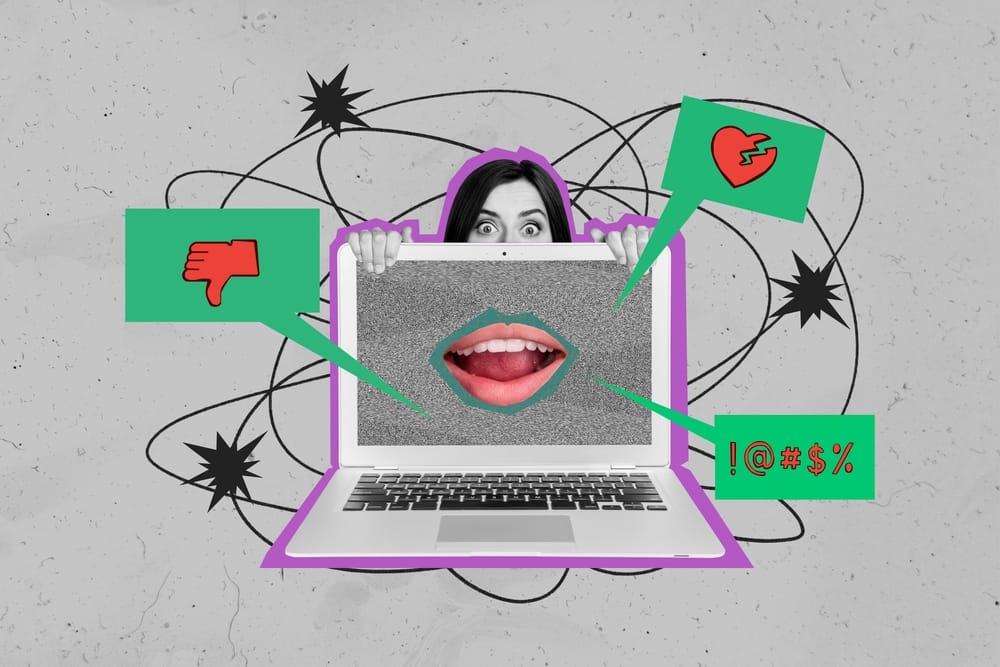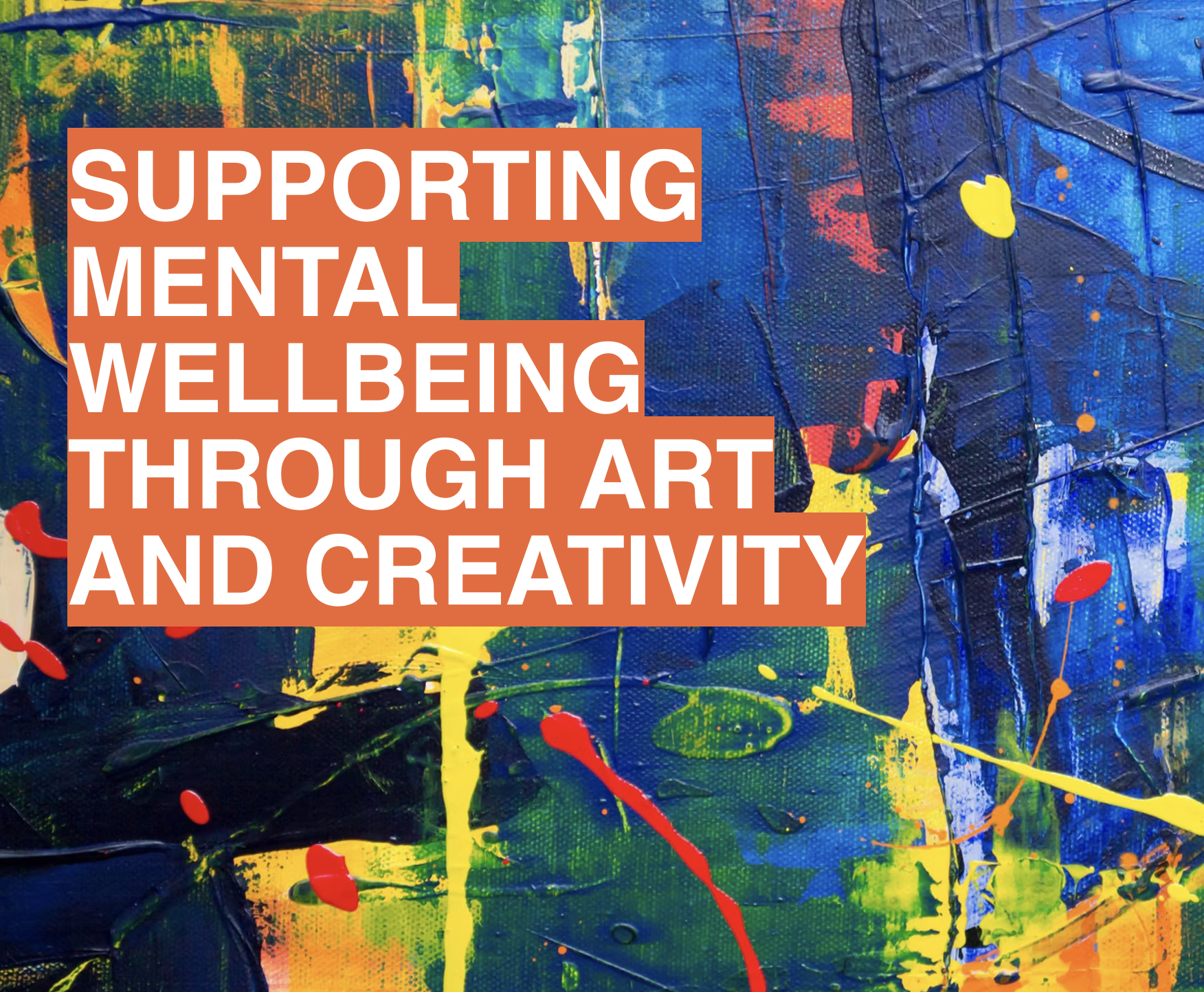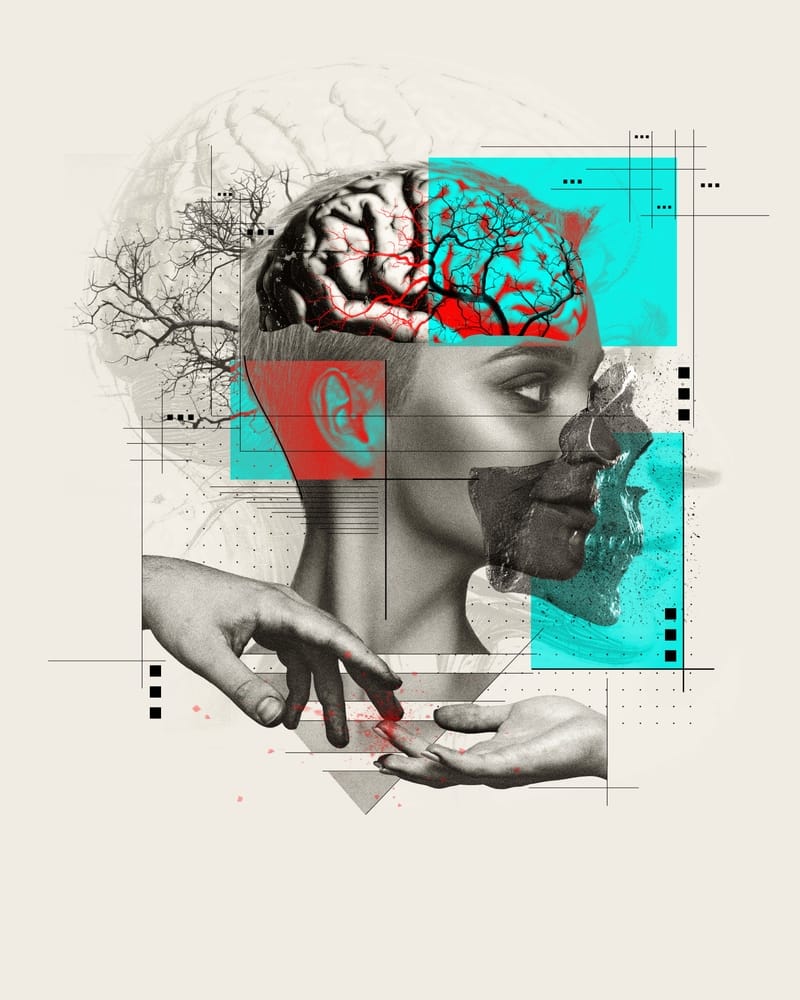
You’re the voice!
3D animation bringing voice hearing to life
An advance in therapy using avatars to represent voices is being trialled across Australia and NZ, writes Professor Neil Thomas
When we are teaching people about the experience of hearing voices, we often refer to it sounding “as real as me talking now”. This is tries to convey that voice hearing is so much more vivid and salient than the usual things that go through our mind. Nonetheless, we’re well aware that this remains a very private experience – something that only the hearer themselves experiences.
Helping people respond to voices in the moment
We’ve found this to be one of the challenges for therapy. In helping people who hear voices, much of what we do is helping the person learn what to do when they hear them. Yet this ends up reliant on a quite fallible process of us asking the person to remember recent experiences, us discussing and planning what to do, and then the client remembering to implement what we discussed between sessions. This can seem removed from the actual experience. Ideally, we want to be able to help the person practice how to respond to voices in the moment.
Addressing this has been a key emergent trend in therapies for voice hearing, with recent therapeutic approaches using methods to help re-enact voice hearing episodes experientially in session as part of a more “relational” therapy approach. Inner dialogue with voices is incredibly common, and because voices very often say things that are critical or threatening, voice hearers describe often getting caught up in an internal hostile dialogue. Other voice hearers will be frightened of their voices and find themselves trying to “keep them happy” by doing things to placate them. Relational therapies deal with this head on, trying to help people to develop boundaried, assertive and/or more peaceful relationships with the voices they hear. The methods for doing this have included traditional “chair work” role plays, and other methods such as the therapist directly addressing the voice.
Emergent avatar therapy
But the approach that has been most researched uses digital technology to facilitate this process.
This is used together with software developed for videogame animation that can be used to create a lip-synced “avatar” to represent the voice on a computer screen. The therapist and client spend a session finding out about what sorts of things the voice says, and designing a suitable talking avatar to represent the voice the person works with. Then in subsequent sessions the therapist coaches the client in how to respond to the voice saying difficult things, practising and reinforcing alternate ways of responding while they switch between roles as therapist and voice.
Promising results
Initial findings from trials of this approach led to transformative impacts on voice hearing for many people, and two important large trials of avatar therapy have been published in the last year. The UK’s multisite AVATAR2 trial, published in Nature last October, confirmed that avatar therapies are effective in reducing the negative impact of voice hearing. A further trial by collaborators in Denmark, published in the Lancet, had similar findings using immersive virtual reality headsets to display the avatars. By providing confirmation of findings from an independent group.
Positive impacts
- Findings include people finding the voices less distressing, or hearing them less often.
- People also spoke of how they would start to see the voices in a different way. For example, one of the participants in the Danish trial reflected in an interview about the process that they began shifting their view of the power and intent of their voice: “I mean, maybe it isn’t out to harm me... Maybe it warns me when I’m in situations that are hard to handle.”
While this will not work for everyone, shifting from seeing the voices as persecutors to having a protective role can transform the relationship people have with their voices.
What the future holds
Questions remain, though, about how this new therapy compares with more standard therapy approaches.
- Does the avatar make therapy more powerful?
- Does it complicate it or make therapy more confronting?
- Who does it suit best?
- How does it work?
These are a focus of an ongoing trial we are running in Australasia. Our trial, called AMETHST is using telehealth videoconferencing to see people across Australia and New Zealand, and is comparing avatar therapy with current best practice therapy.
Telehealth has proved invaluable for running a trial like this, because it involves a specialist therapy that people in the majority of areas have no local access to. As everybody who takes part is offered an evidence-based therapy, this means we’ll be able to deliver an effective treatment to 200 people across Australasia. We also anticipate that the model will seamlessly transition into something we can continue to offer in our specialist Voices Clinic once the trial is complete.
We’re about halfway through the trial at the moment, and so far there has been very little drop out of the therapies, with 9 out of 10 people in the trial attending all available sessions, which are good signs for how acceptable and needed these therapies are.
For details of our trial visit www.voicestherapy.com
Enrolment available until mid 2026.


Professor Neil Thomas is Director of the National eTherapy Centre and Voices Clinic at Swinburne University of Technology.



